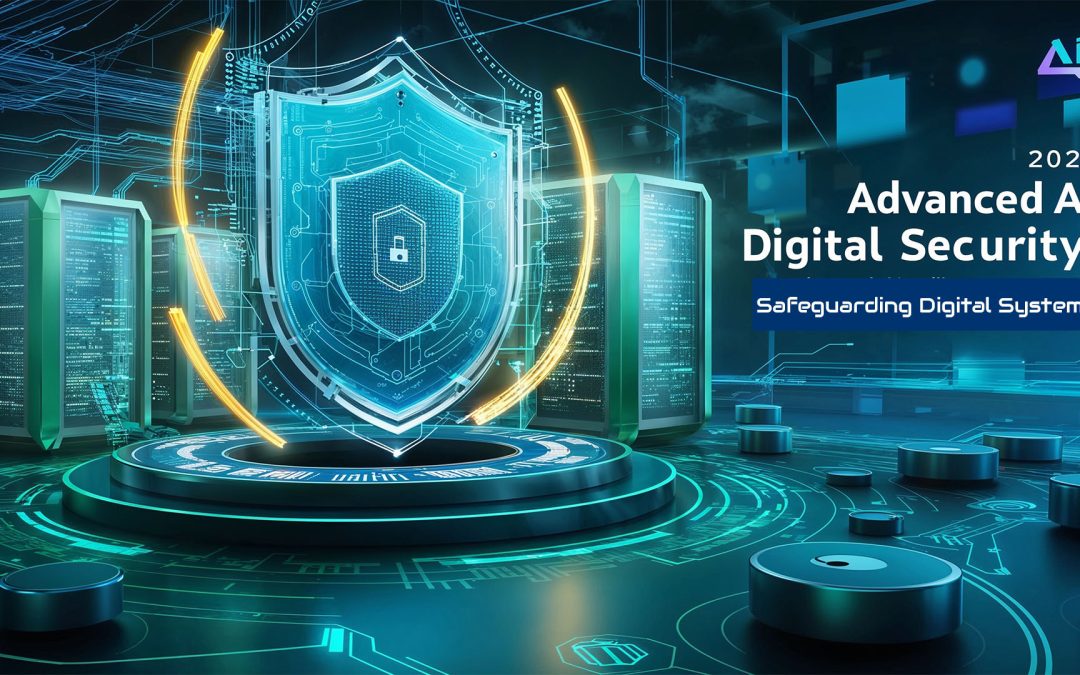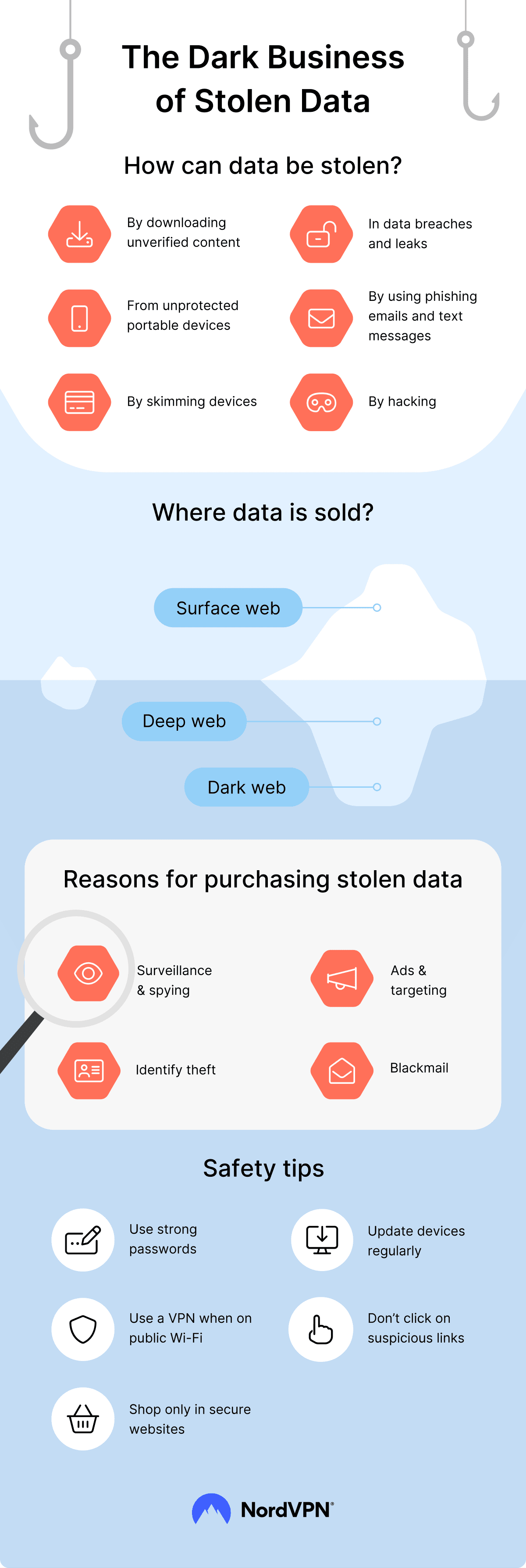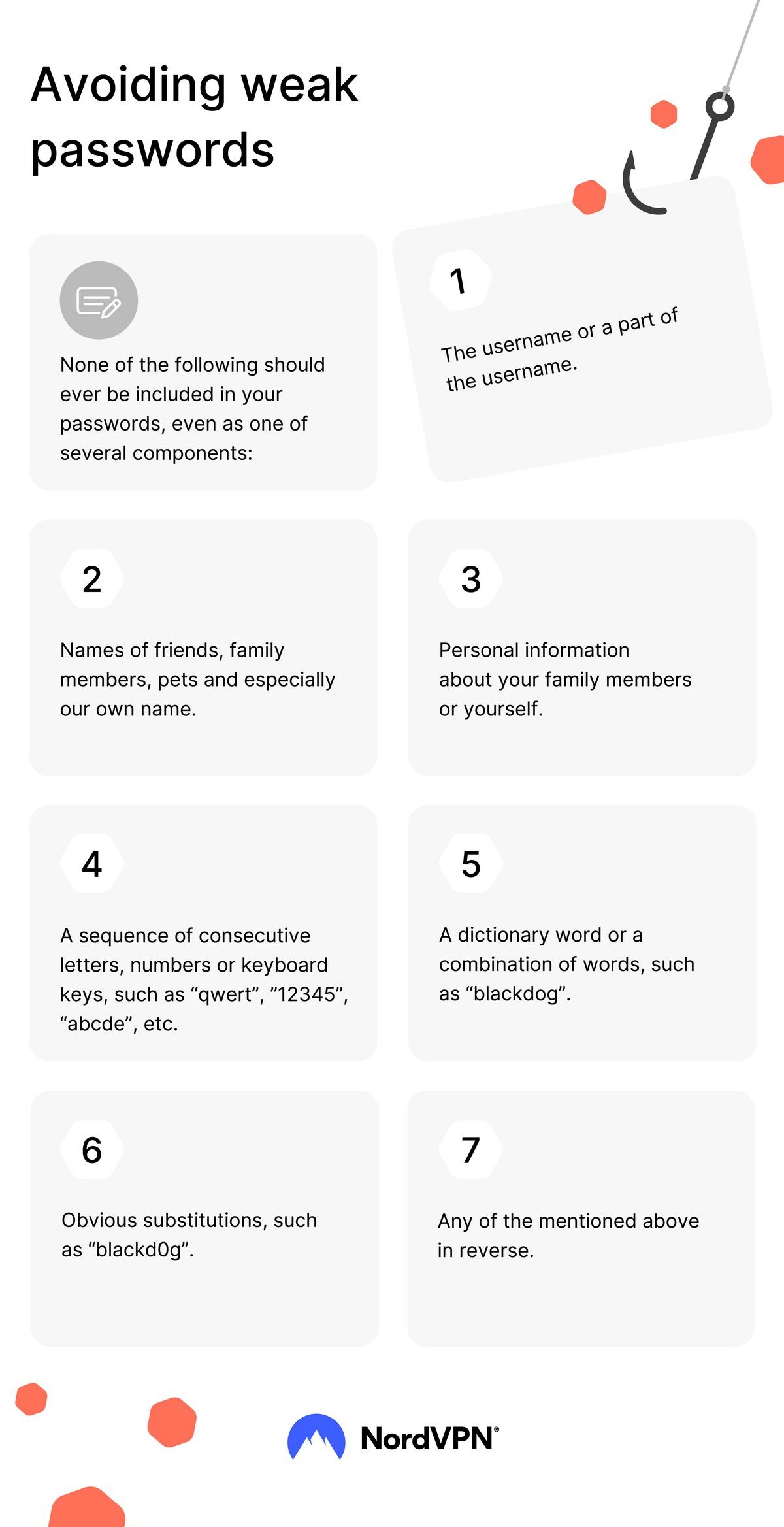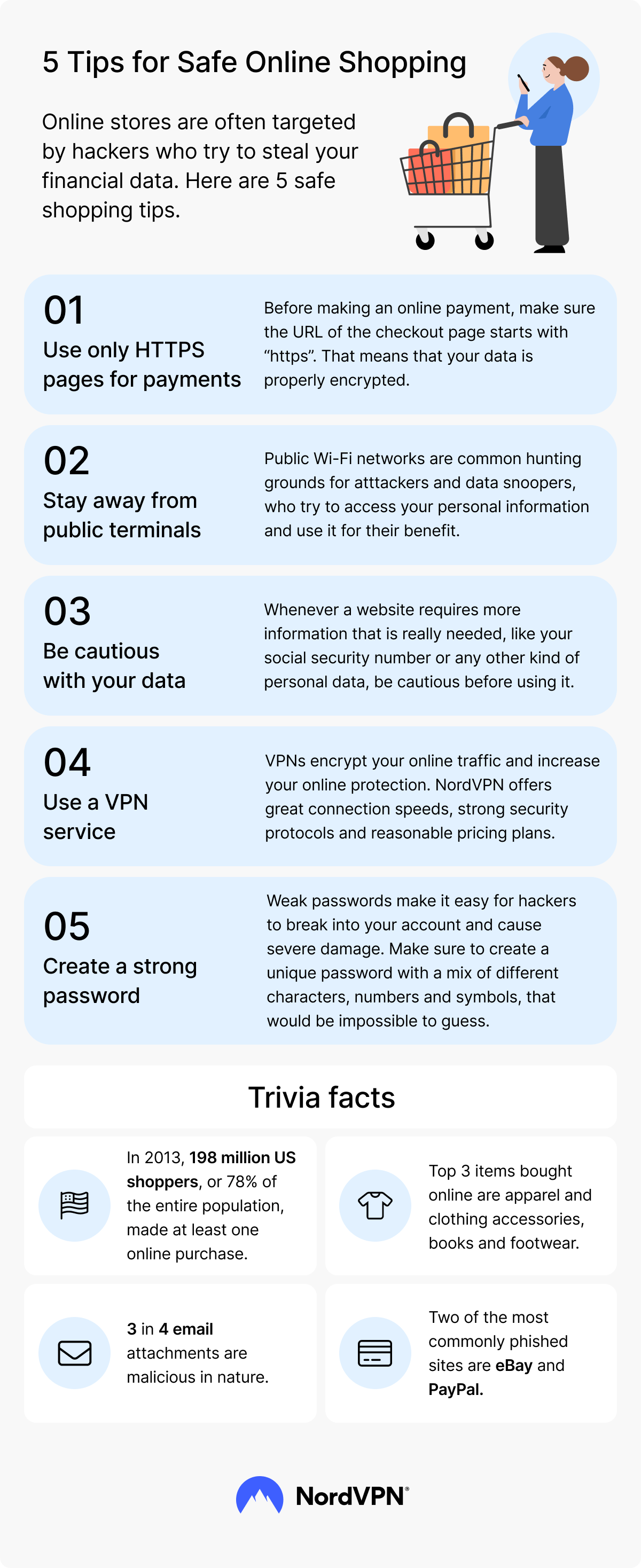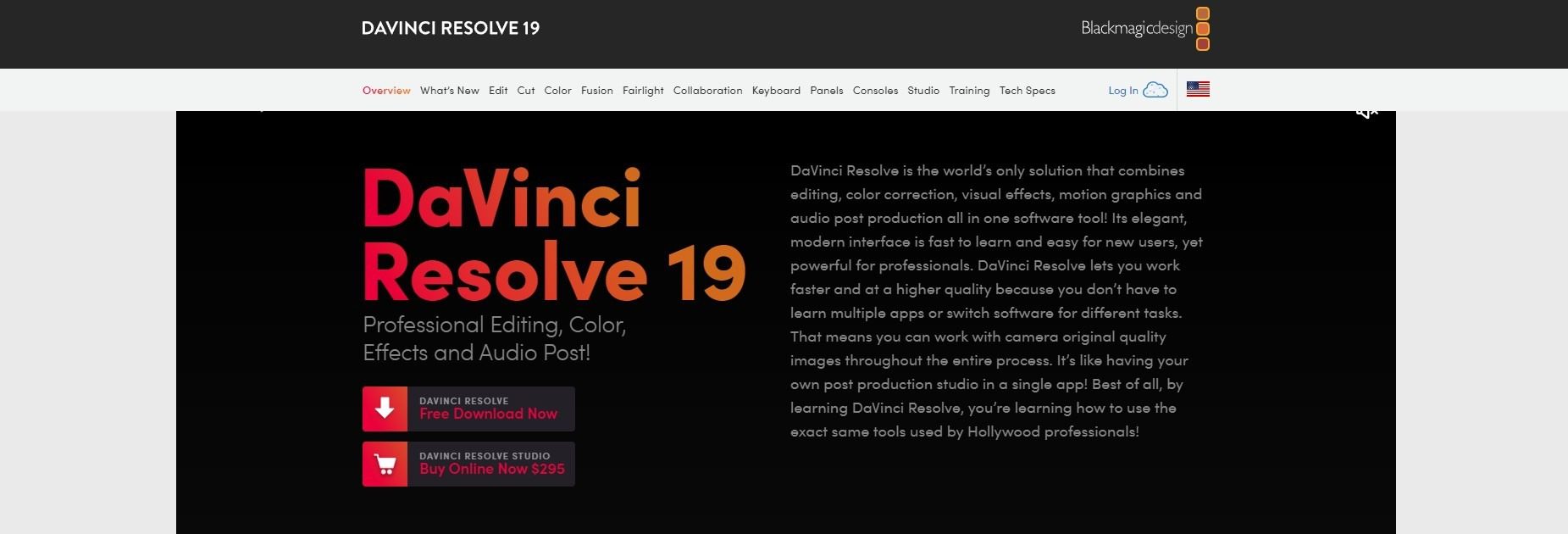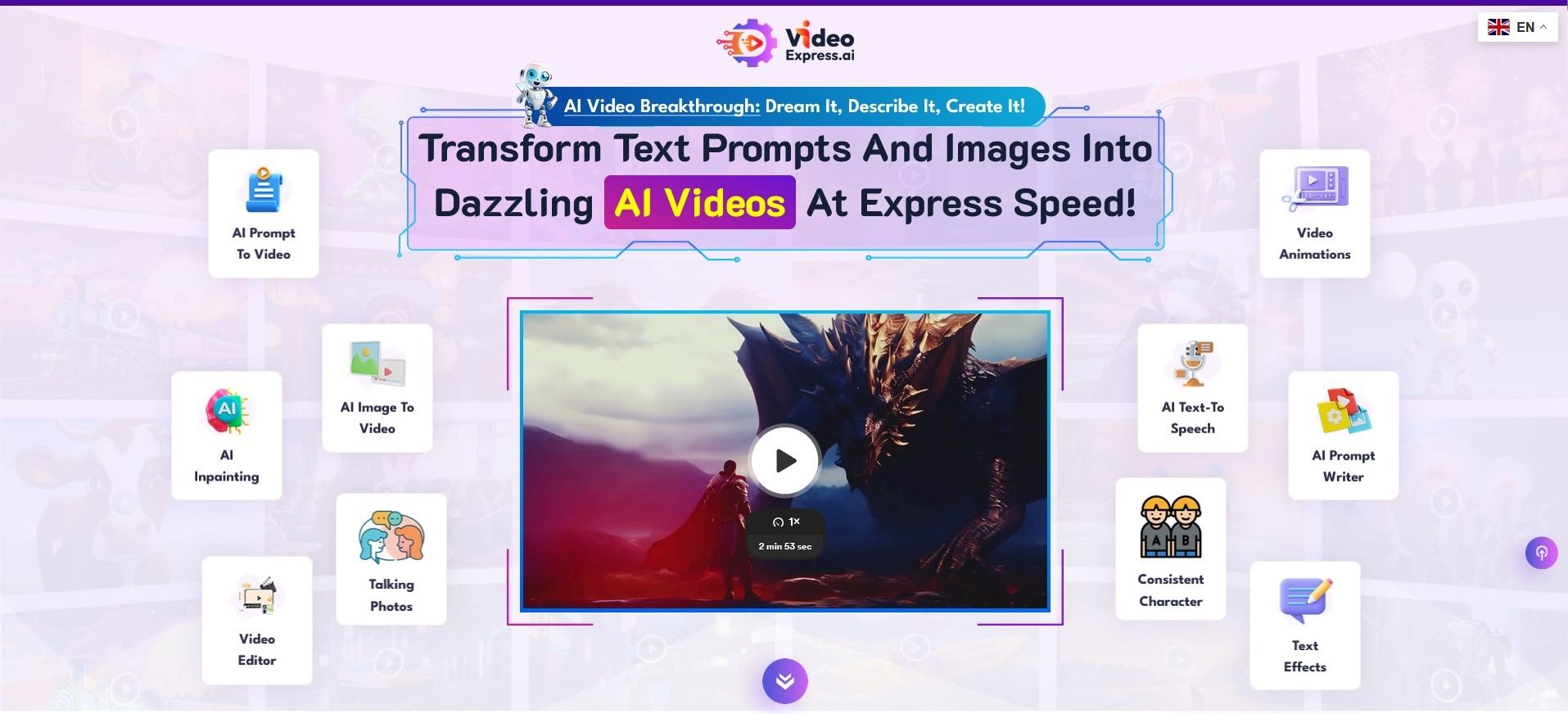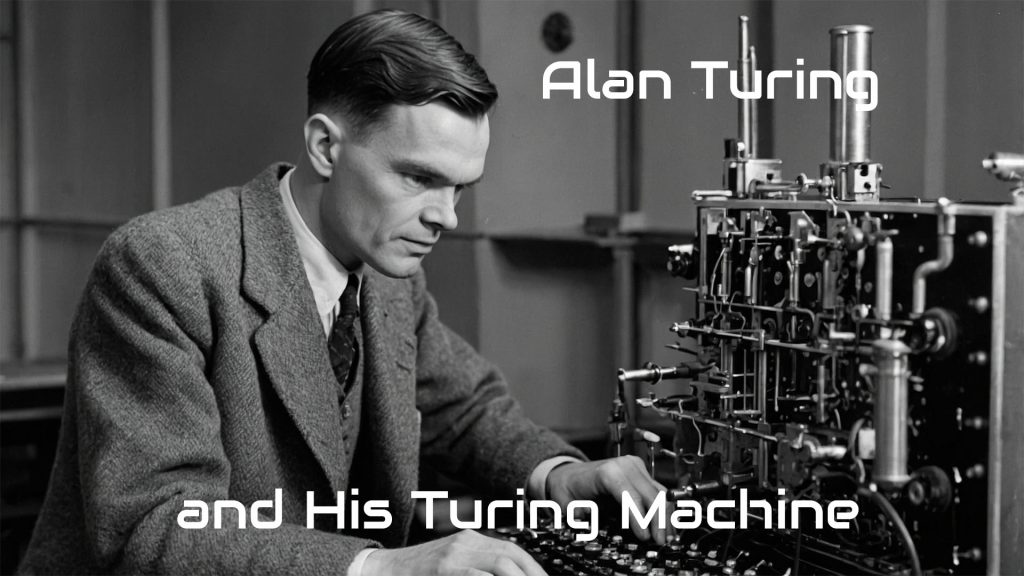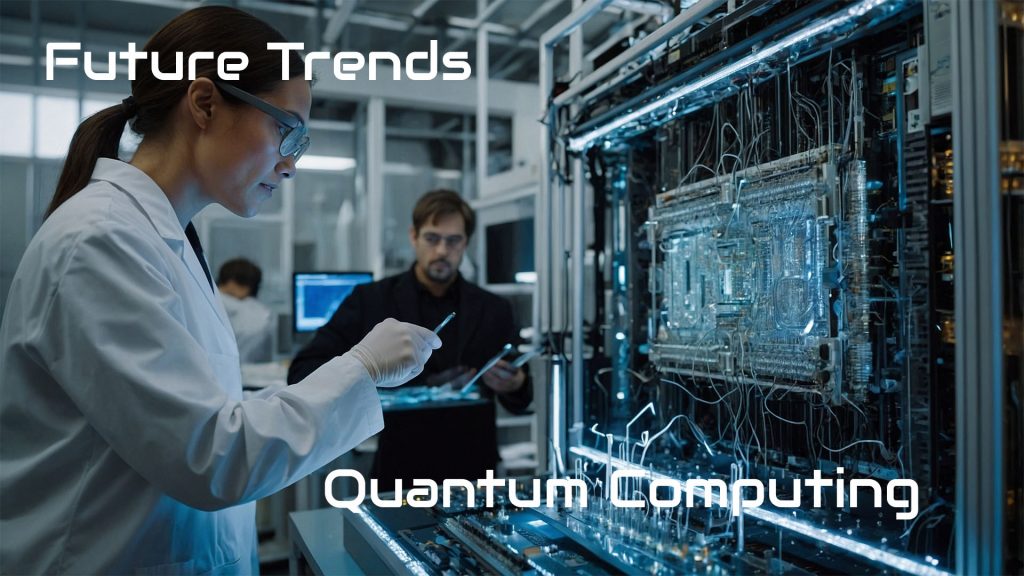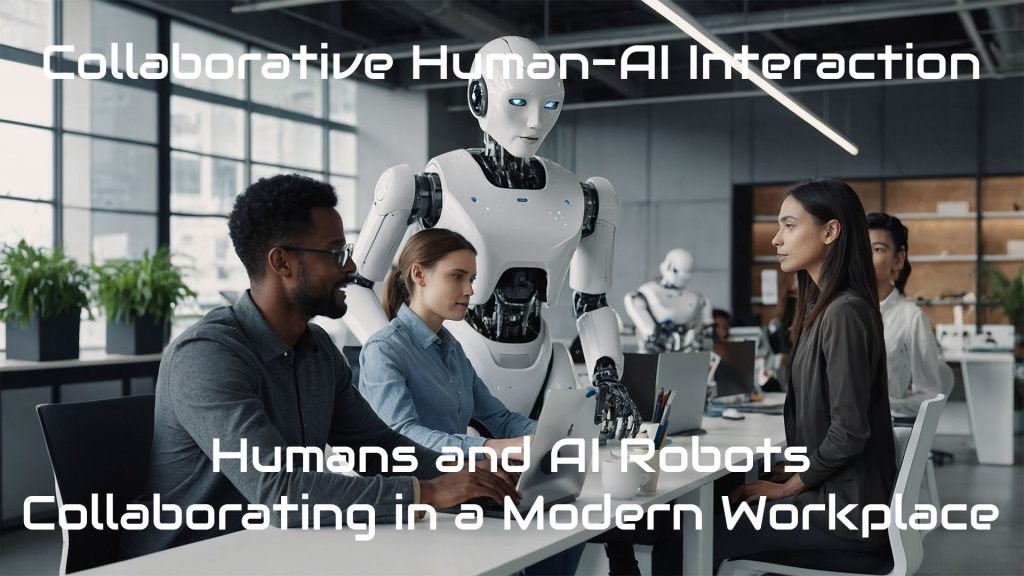
Web 3.0 and Decentralization: Discover a New Valuable Digital Era in 2024
Web 3.0 and Decentralization: The Evolution of the Internet
Introduction: The Journey from Web 1.0 to Web 3.0
Embracing a Paradigm Shift
The Internet has evolved significantly since its inception, transforming from static, read-only pages in Web 1.0 to the interactive and social platforms of Web 2.0.
However, the centralization of Web 2.0 has led to concerns about data ownership, privacy, and the monopolization of online power by a few tech giants.
Enter Web 3.0 and decentralization, a revolutionary shift poised to redefine how we interact with the internet.
Web 3.0 represents the next phase of the internet’s evolution. It integrates blockchain technology, artificial intelligence (AI), and decentralized systems.
It promises to give users back control, ensure data ownership, enhance security, and create a fairer digital ecosystem.
This article dives into the essence of Web 3.0 and decentralization, exploring its technologies, applications, and implications for the digital age.
Understanding Web 3.0: The Foundation of a New Digital Era
Web 3.0, also known as the decentralized web, is characterized by its emphasis on decentralization, semantic understanding, and user empowerment.
Unlike its predecessors, Web 3.0 aims to eliminate intermediaries by leveraging blockchain technology and decentralized protocols.
Key Features of Web 3.0
- Decentralization
Web 3.0 decentralizes data storage and processing, ensuring no single entity controls users’ information. Blockchain networks form the backbone of this decentralization. - Data Ownership
In Web 3.0, users retain data ownership and can grant or revoke access using cryptographic keys. - Interoperability
Decentralized applications (dApps) built on blockchain networks can interact seamlessly, creating a more connected and versatile internet. - Semantic Web and AI
Web 3.0 integrates AI to process and analyze data contextually, enabling more intelligent search engines and personalized recommendations. - Trustless Systems
Thanks to smart contracts and cryptographic security, transactions and interactions in Web 3.0 occur without the need for a trusted third party.
Decentralization: A Game-Changer for the Internet
Decentralization lies at the heart of Web 3.0, offering a stark contrast to the centralized models of Web 2.0.
What is Decentralization?
Decentralization refers to the distribution of power and control from a central authority to multiple nodes in a network.
In the context of the internet, it means no single organization or entity can dominate or manipulate the flow of information.
Benefits of Decentralization in Web 3.0
- Enhanced Security
Decentralized networks are harder to breach, as data is distributed across multiple nodes instead of centralized servers. - Transparency
Blockchain technology ensures transparency; every transaction or action is recorded on a publicly accessible ledger. - Censorship Resistance
Decentralized platforms are immune to censorship, allowing users to express themselves freely without the fear of suppression. - User Empowerment
Decentralization eliminates intermediaries, enabling users to interact and transact directly and giving them greater control over their digital lives. - Reduced Monopolies
Decentralization breaks the dominance of tech giants, fostering a fairer and more competitive online ecosystem.
Technologies Powering Web 3.0 and Decentralization
- Blockchain Technology
Blockchain is the backbone of Web 3.0, enabling secure, transparent, and decentralized data storage and transactions. - Cryptocurrencies and Tokens
Digital currencies like Bitcoin and Ethereum facilitate peer-to-peer transactions, while tokens power decentralized platforms and incentivize users. - Smart Contracts
Self-executing contracts automate processes without requiring intermediaries, ensuring trustless interactions. - Decentralized Storage Systems
Platforms like IPFS and Filecoin store data across distributed nodes, reducing reliance on centralized servers. - Artificial Intelligence and Machine Learning
AI and ML are crucial in enhancing the semantic web, improving data analysis, and delivering personalized experiences.
Applications of Web 3.0 and Decentralization
- Decentralized Finance (DeFi)
DeFi platforms eliminate intermediaries like banks, enabling peer-to-peer lending, borrowing, and trading. - Non-Fungible Tokens (NFTs)
NFTs are transforming the art, gaming, and collectibles industries by proving ownership and scarcity of digital assets. - Decentralized Social Media
Platforms like Mastodon and Lens Protocol offer alternatives to centralized social networks, prioritizing user privacy and data control. - Decentralized Autonomous Organizations (DAOs)
DAOs enable collective decision-making in organizations, with members voting on proposals using blockchain-based tokens. - Supply Chain Transparency
Blockchain ensures transparency and traceability in supply chains, reducing fraud and improving accountability.
Challenges of Web 3.0 and Decentralization
While Web 3.0 and decentralization offer immense potential, they also face several challenges:
- Scalability
Blockchain networks often struggle with high transaction volumes, leading to slower speeds and higher costs. - Complexity
The technology behind Web 3.0 can be intimidating for non-technical users, hindering widespread adoption. - Regulation
Governments are grappling with how to regulate decentralized systems, creating uncertainty for developers and users. - Energy Consumption
Some blockchain networks, like Bitcoin, are energy-intensive, raising environmental concerns. - Interoperability
Ensuring seamless communication between various decentralized networks remains a work in progress.
❓ FAQs About Web 3.0 and Decentralization
What is Web 3.0 in simple terms?
Web 3.0 is the next generation of the Internet. It prioritizes decentralization, user ownership, and enhanced security by using blockchain and AI technologies.
How does Web 3.0 differ from Web 2.0?
Web 2.0 is centralized and dominated by tech giants, while Web 3.0 promotes decentralization, privacy, and direct peer-to-peer interaction.
What is decentralization in Web 3.0?
Decentralization means data and control are distributed across multiple nodes instead of being controlled by a single authority.
What role does blockchain play in Web 3.0?
Blockchain provides the foundation for Web 3.0 by enabling secure, transparent, and decentralized data management and transactions.
What are dApps?
Decentralized applications (dApps) are software programs that operate on blockchain networks without centralized control or intermediaries.
Is Web 3.0 secure?
Yes, Web 3.0 uses cryptographic protocols and distributed systems to improve security and resist attacks or censorship.
What is a smart contract?
A smart contract is a self-executing agreement whose terms are directly written into code and operate on the blockchain without intermediaries.
What challenges does Web 3.0 face?
Key challenges include scalability, user adoption, regulatory uncertainty, energy consumption, and platform interoperability.
What are NFTs, and how do they relate to Web 3.0?
NFTs (Non-Fungible Tokens) are unique digital assets secured by blockchain. They’re used in Web 3.0 to own digital assets in art, gaming, and identity.
How does Web 3.0 impact data ownership?
Web 3.0 gives users complete control over their personal data, allowing them to manage permissions and protect privacy with cryptographic tools.
What is DeFi in Web 3.0?
Decentralized Finance (DeFi) replaces traditional financial systems with peer-to-peer lending, trading, and investing using blockchain and smart contracts.
Are there risks associated with Web 3.0?
Yes. Risks include unregulated platforms, scams, complex user experiences, and high energy use in certain blockchain networks.
What is the semantic web in Web 3.0?
The semantic web uses AI to understand context, meaning, and relationships between data, enhancing search and personalization.
Will Web 3.0 replace the current internet?
Web 3.0 is expected to gradually evolve alongside Web 2.0, offering alternatives rather than replacing the current web outright.
When will Web 3.0 be fully adopted?
Adoption is growing but gradually. Experts predict significant implementation over the next 5 to 10 years as technology and infrastructure improve.
Conclusion: The Promise of Web 3.0 and Decentralization
Web 3.0 and decentralization signal a bold reimagining of the Internet — one where users regain control, privacy is prioritized, and trust is built into the very fabric of digital interactions.
By replacing centralized systems with blockchain-based alternatives, Web 3.0 empowers individuals, fosters innovation, and lays the groundwork for a more equitable digital future.
From decentralized finance and NFTs to social platforms and DAOs, the real-world applications are already reshaping how we interact online.
While challenges remain — including scalability, regulation, and adoption — the momentum behind decentralized technologies is undeniable.
As we move forward, embracing Web 3.0 is not just about using new tools — it’s about redefining the internet as a space that truly belongs to its users.
📚 Related Posts You May Be Interested In
This article is part of the Definitive Guide to Brilliant Emerging Technologies in the 21st Century ⬈
Thanks for reading.
Resources:
- Consensys – A complete suite of trusted products to build anything in Web3 ⬈
- What is Web3 and why is it essential – Etherium.org ⬈
ℹ️ Note: Due to the ongoing development of applications and websites, the actual appearance of the websites shown may differ from the images displayed here.
The cover image was created using Leonardo AI.

